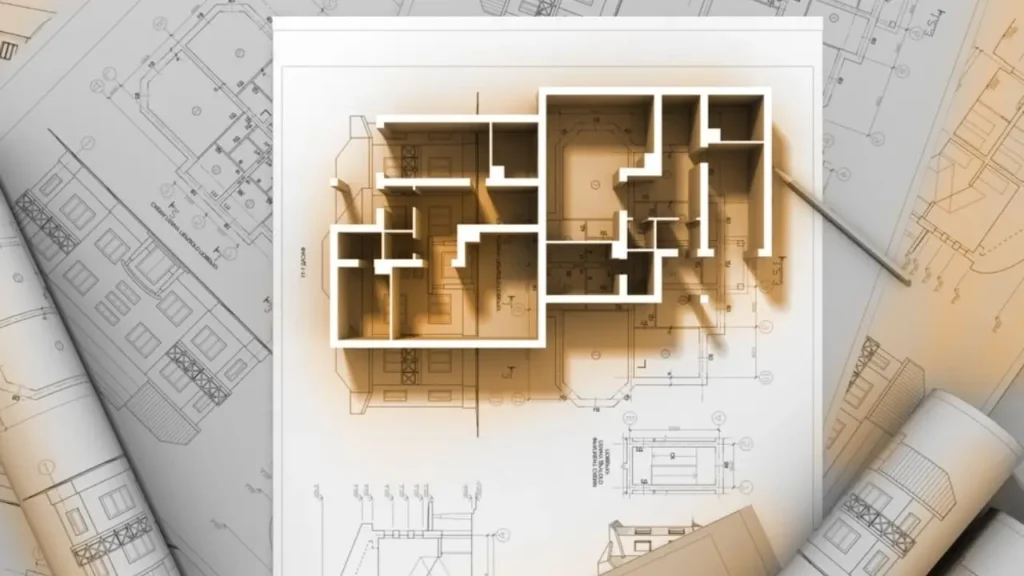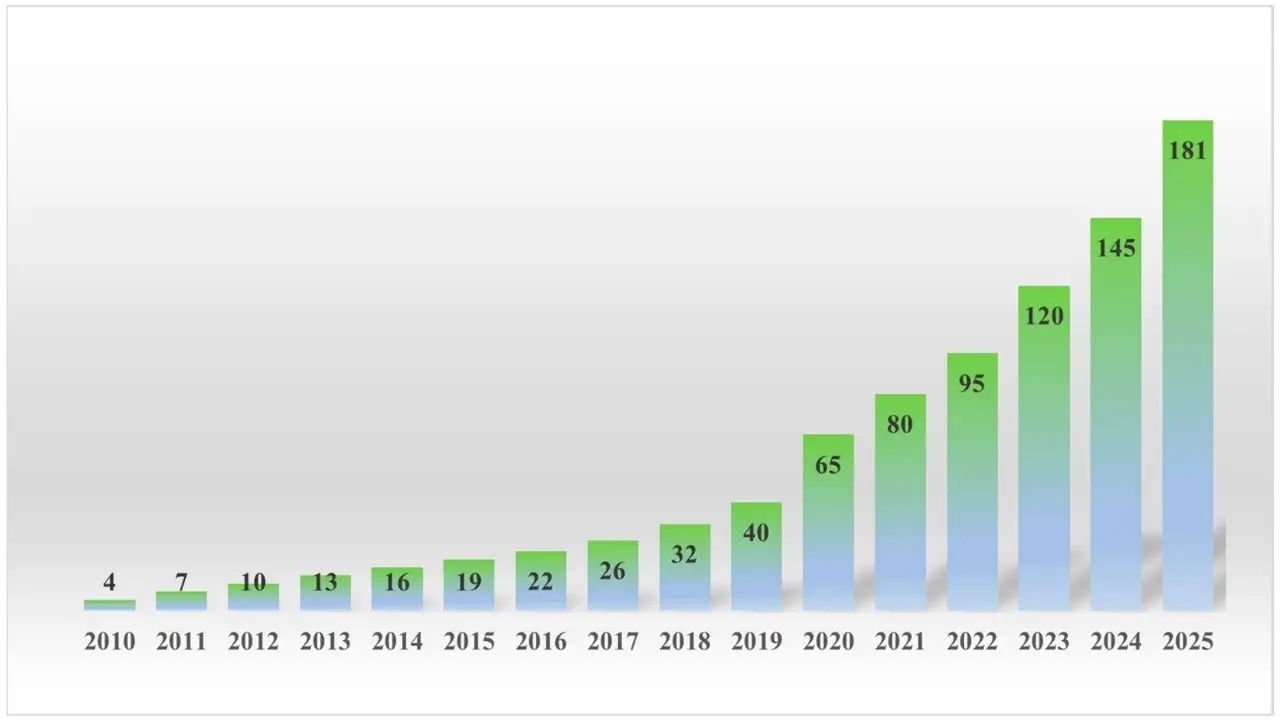In cities around the world, the issuance of a building permit is often seen as a simple formality in the construction process. However, the true significance of a building permit stretches far beyond the paperwork. It plays a pivotal role in shaping neighborhood growth, ensuring safety standards, and balancing development with community interests. Understanding its broader implications can help residents and policymakers navigate the challenges of urban development.

The significance of building permits extends far beyond the paperwork. They play a crucial role in shaping neighborhoods and urban environments, balancing growth, community needs, and safety. Understanding the building permit process—its benefits, challenges, and impact on local communities—is essential for anyone involved in or affected by urban development. As cities continue to grow, building permits will remain vital tools for ensuring that development is responsible, sustainable, and equitable.
What Is a Building Permit and Why Does It Matter?
A building permit is an official approval granted by local government authorities that allows construction or renovation to take place. It ensures that the project complies with zoning laws, safety standards, and environmental regulations. Permits are more than just an administrative step; they are a necessary check in the urban development process, safeguarding public welfare and maintaining community integrity.
For example, building permits ensure that new structures meet safety codes, such as fire-resistant materials, electrical wiring standards, and structural integrity. These regulations help minimize risks that could otherwise harm the public, such as building collapses, electrical fires, or unsafe living conditions. By requiring permits, cities create a regulated environment where development can proceed without compromising public safety.
Beyond safety concerns, building permits also serve an economic function. They ensure that construction adheres to land-use plans, which balance residential, commercial, and industrial development. Without these regulations, cities could experience unchecked sprawl or chaos in land use, disrupting neighborhoods and local economies. In this sense, permits are not only an enforcement tool but also a planning tool, shaping the city’s long-term growth.
The Building Permit Process: How It Works
Obtaining a building permit typically involves several steps, starting with the submission of detailed architectural plans to local authorities. These plans must demonstrate compliance with zoning laws, including land use regulations, building height restrictions, and parking requirements. This step ensures that new developments align with the neighborhood’s broader goals, such as maintaining residential character or supporting commercial growth.
After submission, local building departments review the application and may request additional information or modifications to ensure compliance with all relevant codes. In many cases, inspections take place during the construction phase to verify that the project is progressing in accordance with approved plans. Some projects require multiple inspections at various stages, ensuring that the structure adheres to both safety standards and environmental guidelines.
For complex or large projects, such as multi-story apartment buildings or shopping centers, the permitting process can be lengthy and detailed. These types of developments often undergo a more rigorous review to assess their impact on local infrastructure, such as traffic, utilities, and public services.
In some cases, a project may receive approval contingent on specific conditions, such as building setbacks or landscaping requirements. These conditions are intended to mitigate potential negative impacts on the surrounding neighborhood and ensure the development complements its environment.
The Community Impact: A Delicate Balance
Building permits do not only affect the developers and property owners involved; they play a significant role in shaping the neighborhoods around them. The impact of new construction on local infrastructure, schools, and public services can be substantial, especially when large-scale projects are approved without adequate planning. For instance, the construction of a high-rise apartment building in a densely populated area can strain public transportation systems and local utilities.
When a building permit is issued, it signals that the project has been evaluated for its broader impact on the community. The goal is not only to ensure safety and regulatory compliance but also to assess the consequences of the development on local quality of life. This includes potential issues like increased traffic congestion, strain on public services, or environmental degradation.
Some developments may be welcomed by the community, particularly when they provide much-needed housing or local amenities, like parks or commercial spaces. However, other projects, especially those perceived as out of scale with their surroundings, can create tensions. In urban areas, new developments are often met with concerns about gentrification, which can displace long-term residents due to rising property values and rents. Building permits in such cases become a symbol of the larger challenges cities face in balancing growth with affordability.
Zoning Laws and Their Role in the Permit Process
Zoning laws play a central role in the building permit process. These laws dictate what types of buildings can be constructed in particular areas—whether residential, commercial, or industrial—and set forth restrictions on the size, height, and design of those buildings. Zoning ensures that developments are compatible with their surroundings, preserving the character of neighborhoods and preventing incompatible land uses.
For instance, a zoning law might designate an area as a residential zone, meaning only homes or small apartment buildings are allowed. In contrast, a commercial zone may permit retail stores or offices. These distinctions help prevent disruptive developments, such as a factory being built in the middle of a residential neighborhood. Without zoning laws, cities would face the risk of incompatible land uses emerging in close proximity, leading to issues like noise pollution, overcrowding, or environmental hazards.
When developers apply for building permits, they must demonstrate that their projects comply with these zoning laws. However, there are times when a developer seeks a variance—an exemption from zoning rules. This might occur if a developer wishes to build a taller structure or repurpose land for a different use. A zoning variance allows the developer to proceed with a project that would otherwise be prohibited, but it usually requires additional review to assess its potential impact on the community.
What Happens When Permits Are Denied?
While most building permits are granted, there are instances where they are denied. Permits may be denied for various reasons, including non-compliance with zoning regulations, failure to meet safety codes, or concerns about the development’s impact on the local environment or community.
In some cases, residents or local community organizations may actively oppose a development, citing potential problems such as increased traffic, environmental damage, or a threat to the neighborhood’s character. In these situations, the local government may reject the permit to protect the public interest, especially if the development does not align with the broader goals of the community.
Denied permits often lead to legal challenges, as developers may dispute the decision in court. These disputes can create tension between community residents, who may view the denial as a victory in protecting their neighborhoods, and developers, who may feel their rights to use their property are being unfairly restricted.
For example, a development project that was denied due to zoning violations or community opposition may be contested through the legal system, potentially leading to a prolonged battle over the project’s future. During such disputes, local governments must balance the interests of developers, residents, and the city as a whole.
The Long-Term Effects of Building Permits on Urban Development
Building permits can have far-reaching effects on urban development, influencing not only the immediate surroundings but also the broader dynamics of the city. When granted, a permit sets in motion a series of changes, from increased investment and job creation to enhanced infrastructure and amenities. However, these benefits must be carefully weighed against potential negative consequences, such as the risk of gentrification or infrastructure strain.
A single building permit may lead to the revitalization of a neighborhood, sparking economic growth and attracting further investment. For example, the development of a new housing complex in a previously underdeveloped area can lead to an influx of businesses, jobs, and services, contributing to the area’s economic growth. This process, however, can also lead to rising property values, potentially pushing out long-time residents who can no longer afford to live there.
On the other hand, unchecked development can overwhelm local resources, such as roads, utilities, and schools. If a new development doesn’t align with a city’s long-term planning goals, it can lead to overcrowding, reduced quality of life, and increased costs for the municipality, which must expand public services to accommodate the new residents.
Thus, building permits represent a delicate balancing act. For urban planners, the challenge is to create development plans that support growth while maintaining the livability and character of neighborhoods. A well-managed permit process can help cities avoid many of the negative effects associated with rapid, uncoordinated growth.
Logan’s Housing Crunch: Where the Middle Class Is Being Squeezed Out
The Future of Building Permits in Urban Planning
As cities continue to grow and evolve, the role of building permits will only increase in importance. The future of urban development lies in creating sustainable cities that can accommodate population growth while maintaining the social, environmental, and economic fabric of neighborhoods. Building permits will continue to play a key role in shaping this future, ensuring that development proceeds responsibly and in accordance with broader city goals.
In the future, innovations in building permit processes—such as digital applications, more transparent community engagement, and more effective environmental assessments—will likely make the system more efficient and inclusive. By streamlining the process, cities can ensure that they are not only meeting the needs of developers but also empowering local communities to have a say in how their neighborhoods evolve.
As the demand for housing, commercial spaces, and infrastructure grows, it will become increasingly important for local governments to manage building permits in a way that fosters sustainable development while addressing the needs of all stakeholders, from residents to developers.

















